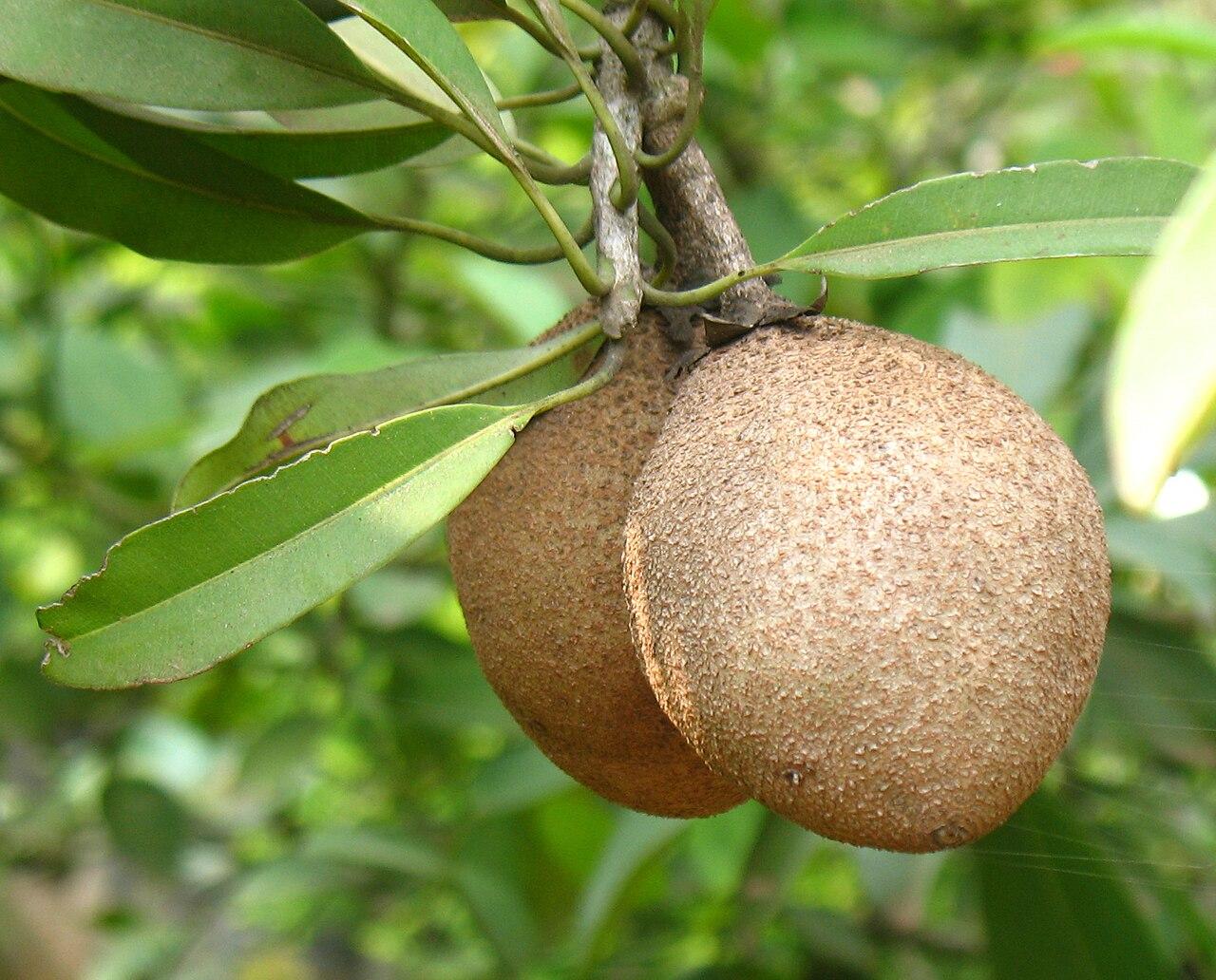Sapota, also known as sapodilla, is a tropical fruit that belongs to the family Sapotaceae and the species Manilkara zapota. It is native to southern Mexico, Central America, and parts of the Caribbean but is now widely cultivated in tropical and subtropical regions around the world, including India, Thailand, and the Philippines.
Characteristics of Sapota:
- Appearance: The fruit is round or oval with a rough, brown, and thin outer skin. The pulp is soft, brownish, and granular, with a sweet and malty flavor.
- Seeds: Sapota contains 1–6 hard, black, shiny seeds in its center.
- Flavor: The flavor of sapota is often described as a mix of brown sugar and pear with caramel undertones.
- Tree: The sapota tree is evergreen, tall, and slow-growing, with a latex-producing property known as chicle, once used in making chewing gum.
Nutritional Benefits:
- Rich in calories and fiber: It provides a good source of energy and aids digestion.
- Vitamins and minerals: Contains vitamins A, B, and C, and is rich in potassium, iron, and calcium.
- Antioxidants: Packed with polyphenolic compounds and antioxidants, which support immune health.
Uses:
- Culinary: Sapota is eaten fresh or used in smoothies, milkshakes, desserts, and jams.
- Health benefits: Its high fiber content makes it useful for digestive health, while its antioxidants help combat oxidative stress.
- Industrial use: Latex from the sapota tree was historically used in chewing gum production.
Sapota is a beloved fruit in tropical climates for its delicious taste, versatility, and health benefits!

